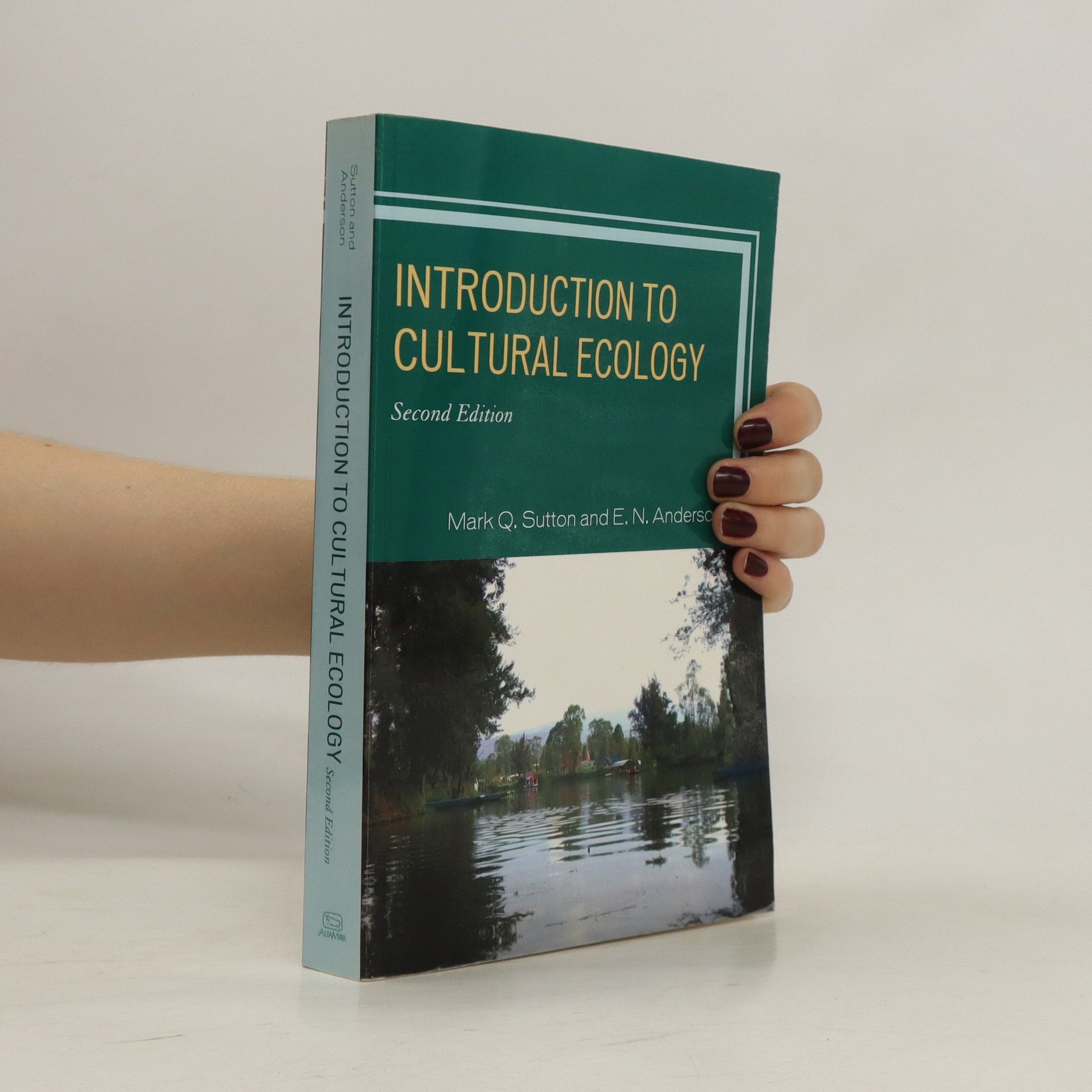Prehistory of North America
- 464pages
- 17 heures de lecture
A Prehistory of North America covers the ever-evolving understanding of the prehistory of North America, from its initial colonization, through the development of complex societies, and up to contact with Europeans.This book is the most up-to-date treatment of the prehistory of North America. In addition, it is organized by culture area in order to serve as a companion volume to “An Introduction to Native North America.” It also includes an extensive bibliography to facilitate research by both students and professionals.

